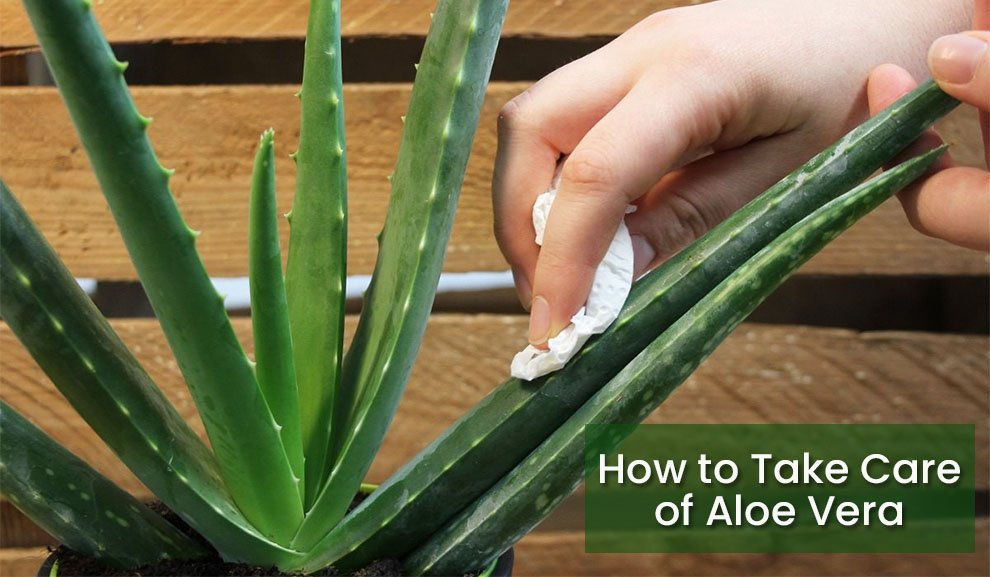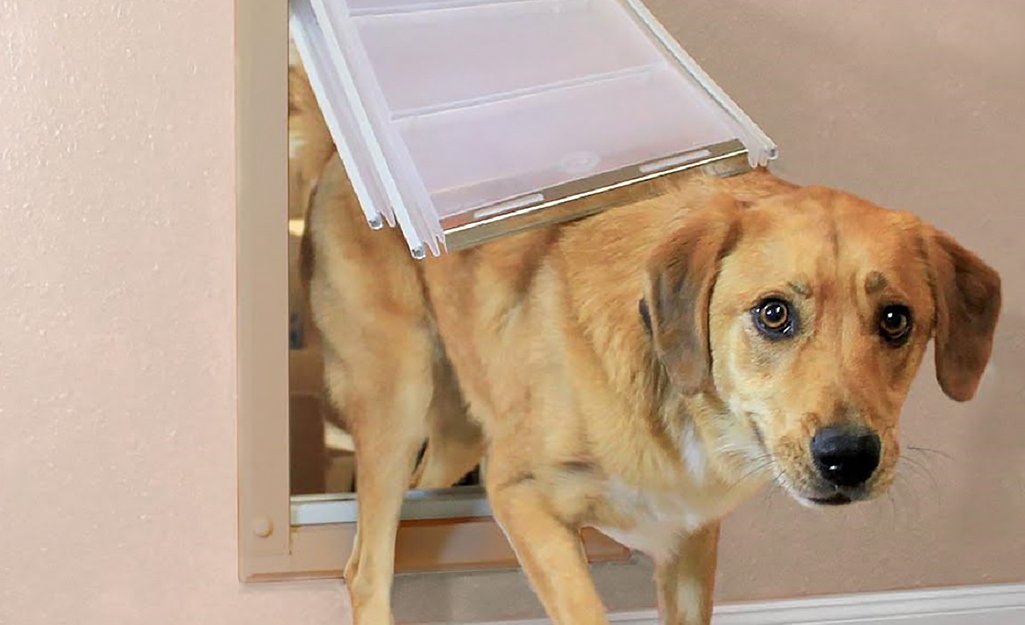
How To Care For An Aloe Plant
admin
- 0
Aloe plants have been cultivated for thousands of years due to their incredible healing properties. Not only is it used as a topical treatment for various skin conditions, but it’s also a beautiful, easy-to-care-for houseplant. To ensure your aloe plant is healthy and thriving, there are certain steps you can take to maintain its well-being.
Necessary Supplies
When it comes to caring for an aloe plant, having the right supplies is essential. First and foremost, you’ll need a pot with drainage holes to prevent water from pooling and damaging the roots. Ideally, the pot should be made of clay or another porous material that allows excess moisture to evaporate.
You’ll also need soil that drains well and is specifically formulated for cacti or succulents. Avoid using garden soil or potting mix meant for other types of plants as they may retain too much moisture and lead to root rot.
In addition to the right pot and soil, you’ll need a watering can with a narrow spout to easily target the base of the plant without getting water on its leaves. A pair of gardening gloves can also come in handy when handling prickly aloe leaves. With these necessary supplies on hand, you’ll be well-equipped to care for your aloe plant and watch it thrive.
Watering Strategies
When it comes to watering your aloe plant, it’s important to remember that less is more. The succulent nature of the aloe plant means that it stores water in its leaves and roots, which makes it able to withstand periods of drought. Overwatering can actually be more harmful than underwatering as it can lead to root rot.
One effective strategy for watering your aloe plant is the “soak and dry” method. This involves thoroughly saturating the soil with water and allowing it to completely dry out before repeating the process again. It’s important to ensure that excess water is able to drain out of the pot, as standing water can also lead to root rot.
Another strategy is to rely on visual cues from the plant itself. When an aloe plant needs water, its leaves may appear wilted or droopy. However, if you’re unsure whether your plant needs watering or not, it’s better to err on the side of caution and wait until the soil has dried out completely before giving it another drink.
Fertilizing Tips
When it comes to fertilizing your aloe plant, there are some important tips to keep in mind. First and foremost, you should only fertilize your aloe during the spring and summer months when it is actively growing. During the fall and winter, your plant enters a dormant phase and does not require as many nutrients. It’s also important to choose a high-quality fertilizer that is specifically formulated for succulent plants like aloe. This will ensure that your plant gets the right balance of nutrients without being overwhelmed by too much nitrogen. You can learn more from home beauty fix about fertilizing tips.
Another important tip when fertilizing your aloe is to avoid over-fertilizing. A common mistake many people make is giving their plants too much fertilizer, which can lead to burnt roots or foliage damage. To prevent this from happening, follow the instructions on the label carefully and never exceed the recommended dosage. Finally, always water your plant before applying fertilizer to help prevent root burn and ensure that the nutrients are absorbed properly by the soil.
Repotting Guide
When it comes to repotting an aloe plant, there are a few key things to keep in mind. First and foremost, you want to make sure that your plant is ready for a new pot. Signs that it’s time for repotting can include roots growing out of the drainage holes or water pooling on the surface of the soil after watering. Once you’ve determined that it’s time to repot, choose a pot that is one size larger than your current container.
Before transferring your aloe into its new home, remove any old soil and trim away any brown or rotten roots. Gently loosen up the remaining roots before placing them into the new pot with fresh soil. Be sure not to bury your plant too deeply in its new container – aim for keeping the base of the leaves level with the top of the soil.
After repotting, give your aloe plant plenty of light but avoid direct sunlight until it has had time to adjust to its new environment. Water sparingly at first and gradually increase as needed – overwatering can lead to root rot and other issues. With proper care and attention during this process, your newly potted aloe should thrive!
Conclusion
In conclusion, caring for an aloe plant is relatively easy and doesn’t require much effort. The most important thing to remember when it comes to taking care of your aloe plant is that they need well-draining soil and plenty of sunlight. It’s also essential to be mindful of how much water you’re giving your plant as overwatering can lead to root rot.
Another crucial factor in the health and growth of your aloe plant is the pot you choose. Make sure your pot has drainage holes at the bottom so that excess water can drain out easily. Fertilizing your aloe once or twice a year, during spring or early summer, will help boost its growth and keep it healthy.
Overall, by following these simple tips on how to care for an aloe plant, you’ll have yourself a thriving succulent that not only adds greenery to your space but also purifies the air around you. Happy planting!

